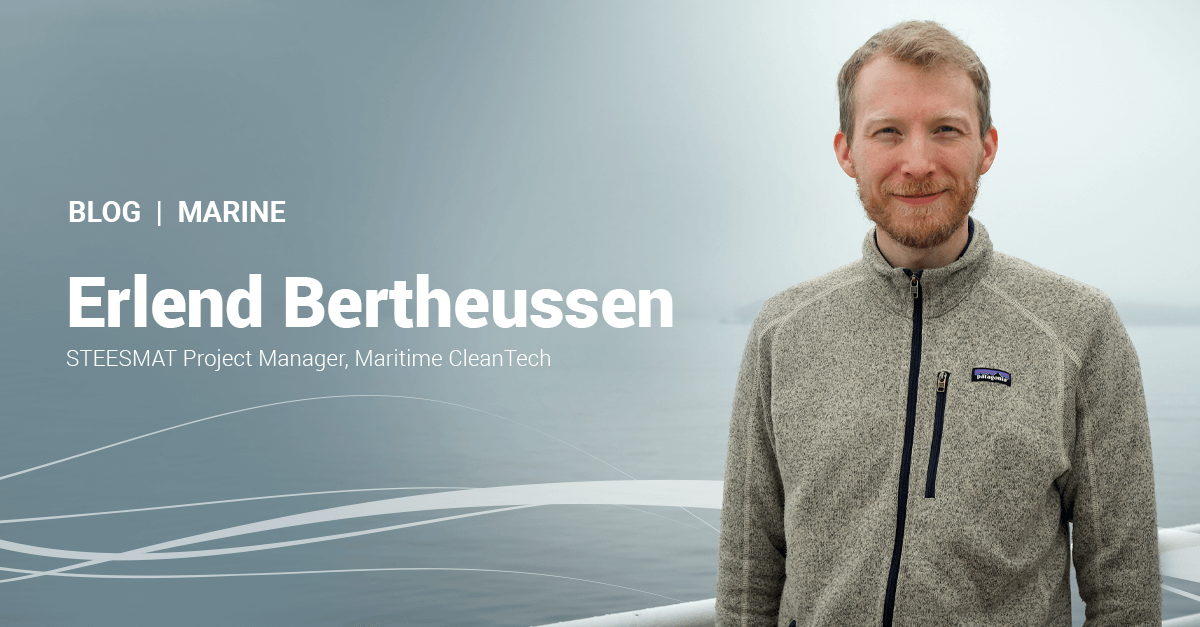Decarbonizing shipping is one of the greatest challenges facing the maritime industry today. While much of the debate has focused on alternative fuels, the truth is that the future fleet will also require far more efficient and flexible energy systems. This is precisely the focus of STEESMAT – a consortium of 13 European partners, including The Switch.
STEESMAT goes beyond the fuel debate by emphasizing solutions that enhance energy efficiency while seamlessly integrating diverse energy sources such as batteries, fuel cells and renewables.
Launched in January 2025, STEESMAT is a EUR 7.75 million EU-funded Horizon Europe Innovation Action project. The name stands for Smart Transformer for Enhanced Efficiency and Sustainability in Maritime Transportation.
The project’s goal is to develop next-generation onboard energy systems built around solid-state transformer (SST) technology, direct current (DC) grids and smart energy management. These solutions will prepare vessels for low- and zero-emission operations, regardless of which fuels dominate in the future.
From AC to DC – a step change in maritime power
Due to the prevalence of fossil fuels, vessel power systems have traditionally been based on alternating current (AC), optimized for internal combustion engines. As shipping actively transitions to new energy sources, next-generation DC systems offer a much better fit.
STEESMAT takes this transition further by combining three key solutions:
- An SST with medium-voltage direct current (MVDC) grid capabilities
- A secondary low-voltage direct current (LVDC) grid
- A smart energy management system
The MVDC grid enables transmission of electricity with very low losses, which is particularly important for large ships where high currents must travel long distances. Together with the secondary LVDC grid, these make the STEESMAT system unique among other DC-based solutions. When combined with the smart energy management system, these innovations will significantly increase overall vessel efficiency. The complete solution will cut emissions when fossil fuels are used and reduce the demand for scarce alternative fuels.
A strong European consortium
STEESMAT is powered by a consortium of 13 partners from across Europe, carefully selected to complement each other’s strengths. It brings together component developers and integrators such as Wärtsilä, Danfoss, Eaton and The Switch; leading research institutions including NTNU, Fraunhofer, UTBM and LUT; regulatory experts from DNV and ODCA; and world-leading partners in innovation and testing of clean energy solutions like Sustainable Energy and Maritime CleanTech.
The consortium brings together established competitors and new collaborators, working side by side to tackle shared challenges in decarbonization and system integration.
Maritime CleanTech, as project coordinator, leads the collaboration and ensures results reach a wider audience. The Switch, in turn, plays a key role as a component developer. Their LVDC hub, combined with a Danfoss converter, will facilitate integration of batteries and fuel cells.
First designs to be completed soon
The component and system designs are expected to be completed by the end of 2025, with verification by DNV planned for early 2026. This will mark the transition to a new project phase focused on component manufacturing and STEESMAT system installation and testing at the Energy House in Norway.
This early stage is especially crucial, laying the groundwork for the project’s outcomes. It is also the phase with the resources and flexibility to make important decisions that will steer it in a successful direction.
We all look forward to demonstrating the real STEESMAT system on board a vessel at the end of the project.
Towards sustainable seas
By demonstrating a fully integrated, scalable and efficient DC-based power system, STEESMAT has the potential to reshape onboard power transmission. It will help the maritime industry cut emissions, integrate new energy sources smoothly – and be better prepared for whatever the future brings.
About STEESMAT: www.steesmat.eu
About Maritime CleanTech: www.maritimecleantech.no
